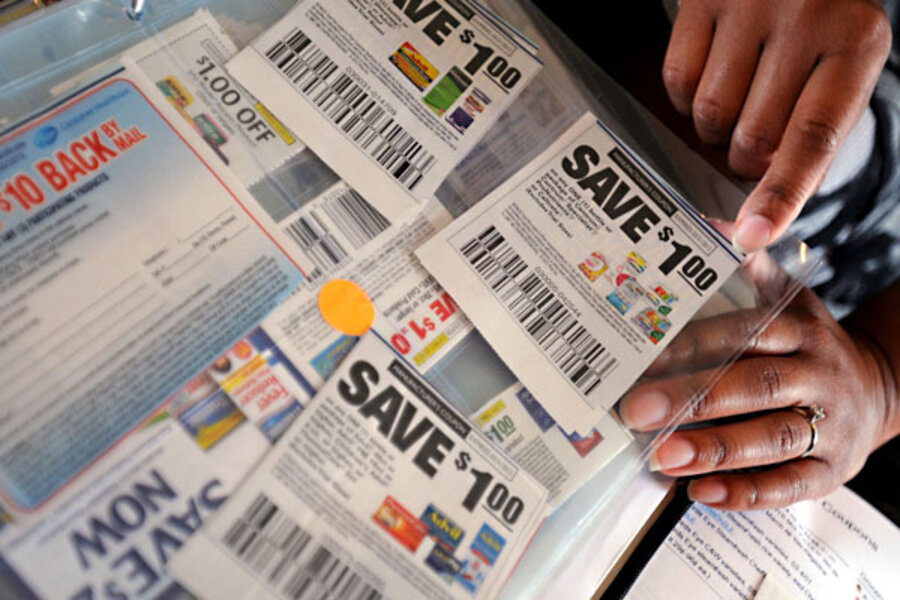Grocery store flyers: Your meal planning guide
Loading...
Within twenty miles of my home, I can find at least three Hy-Vees, two Wal-Mart Supercenters, a Super Target, a Target with a grocery section, two Fareways, a Dahl’s, and several smaller independent grocers.
All of these businesses are essentially in competition with one another, which is good for me because there’s some competition for my business.
How does that competition play out? One of the big areas where the stores compete with each other is the grocery store flyer, which is an essential tool for anyone who wants to save money on their food budget.
Just so we’re all on the same page here, a grocery store flyer is a document produced by a grocery store that lists all of their sales for the upcoming week (or two weeks or month, depending on the flyer). Most grocery stores put out some sort of flyer, as it’s a pretty effective way to get people in the door of their store.
The idea behind a grocery store flyer is simple. If a store advertises a number of items at a really low price, they can get customers in the door. They might sell that one item at cost and not make any money on it, but people will buy other items when they’re in the store, so the store will still make money on it.
That’s where you come in. Taking advantage of these sales is a great way to save money on your food bill.
Our method for taking advantage of these sales is pretty straightforward. About once a week, I’ll visit the website of a few grocery stores that I regularly visit and download their flyers. Most store websites offer their grocery flyers for free download, so just visit the site of your preferred stores and check them.
I usually start with the Fareway flyer, then the Hy-Vee one. My default grocery shopping choice is Fareway because of the prices. If I can find enough interesting deep discounts at Fareway, I stick with that flyer. If I’m not seeing anything of interest, I turn to the Hy-Vee one.
I usually try to identify at least three interesting deeply discounted items in the flyer of the store I’ve chosen that week. I prefer to find discounts on fresh items – fruits and vegetables – but that’s not always the case.
Once I’ve identified a handful of items, I plan my meals for the week around them. We simply look for recipes that involve the deeply discounted ingredients. Sarah and I strive to use those discounted items in at least two meals each, meaning the discounts cover six meals.
From there, we build our grocery list (which naturally includes the deeply discounted items) and head out to the store.
Doing this ensures that we’re going to take advantage of the big sales of the week, gives us a grocery list to use at the store to keep us focused, and helps us with our meal planning throughout the week. That’s a triple win.
This post is part of a yearlong series called “365 Ways to Live Cheap (Revisited),” in which I’m revisiting the entries from my book “365 Ways to Live Cheap,” which is available at Amazon and at bookstores everywhere. Images courtesy of Brittany Lynne Photography, the proprietor of which is my “photography intern” for this project.






